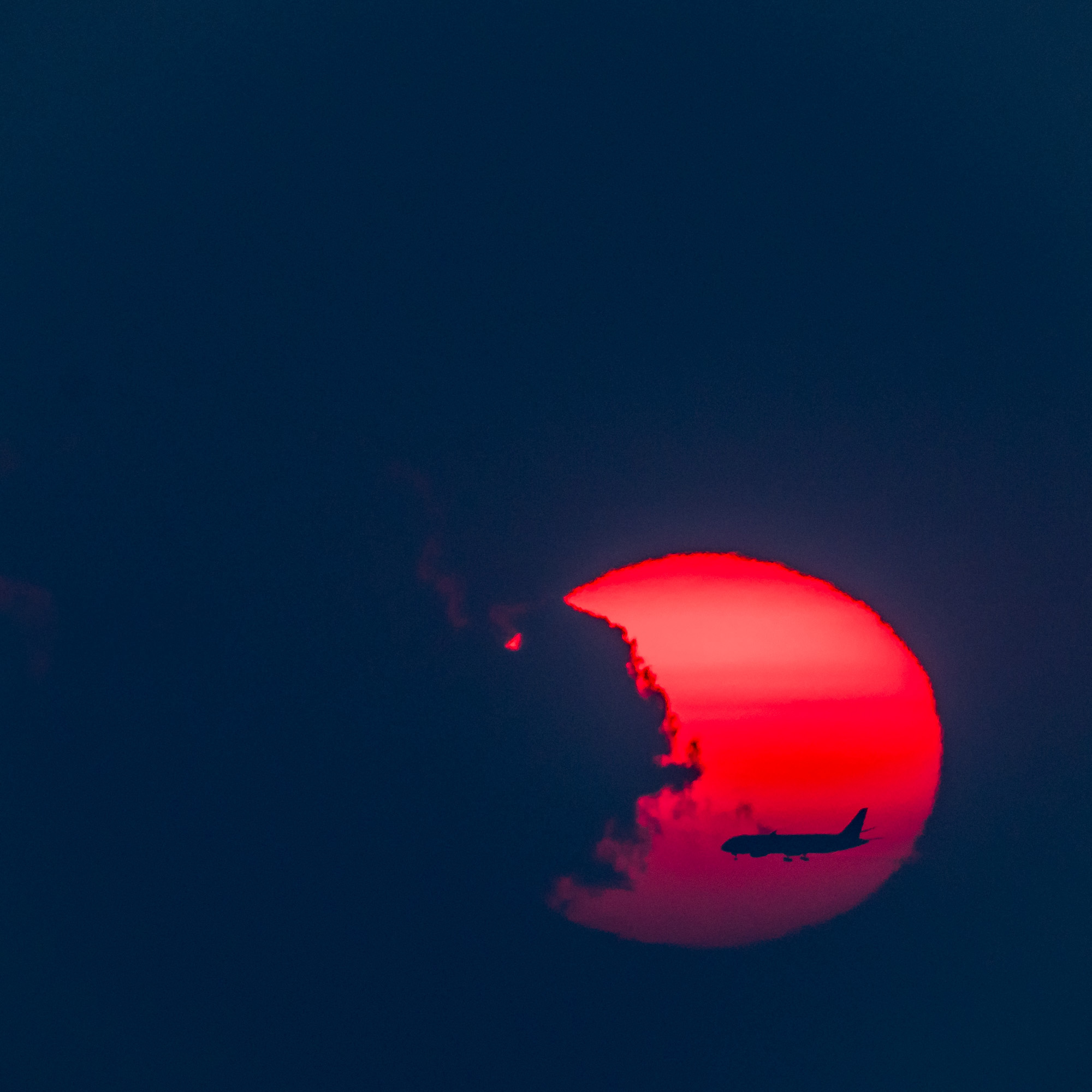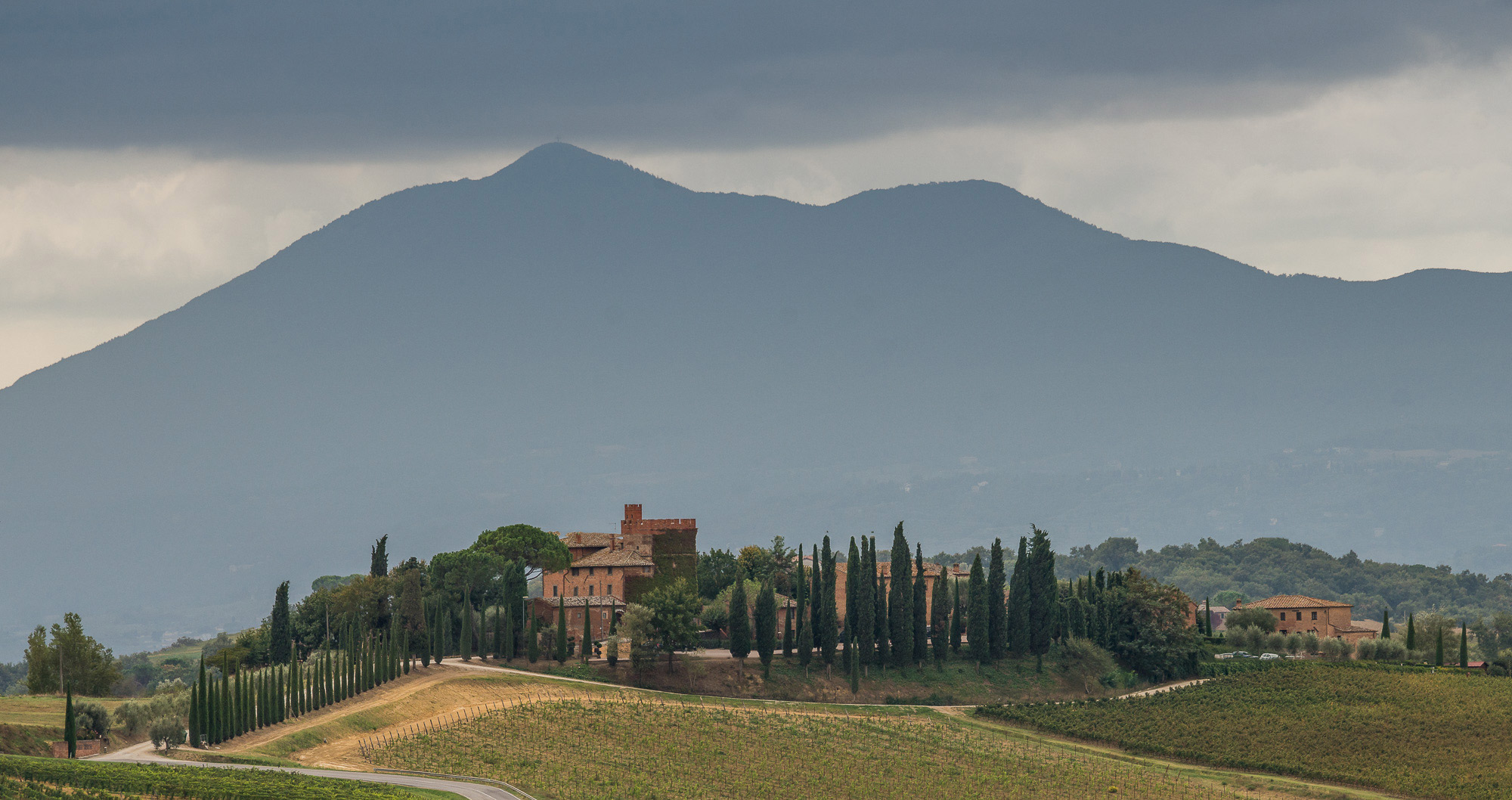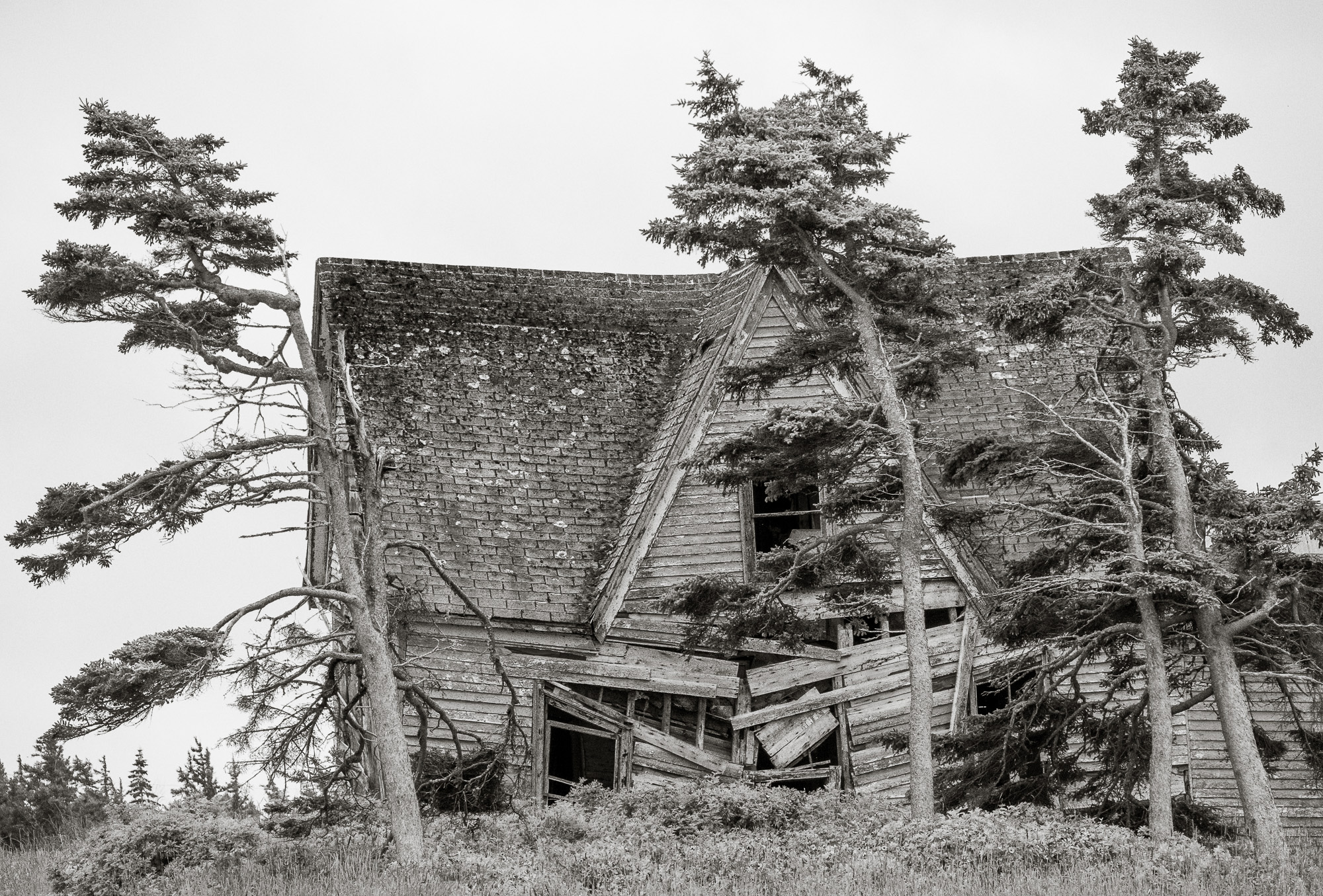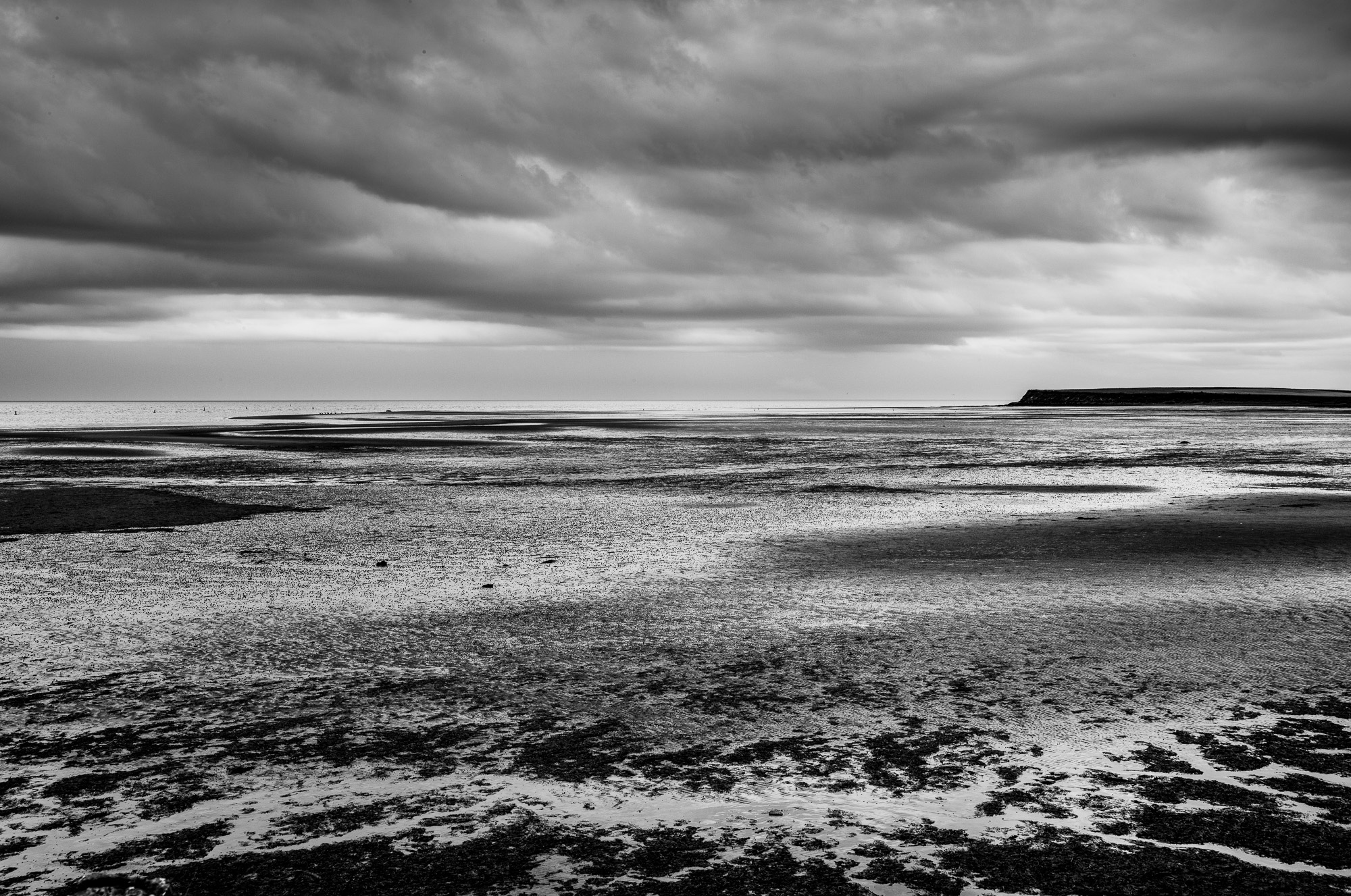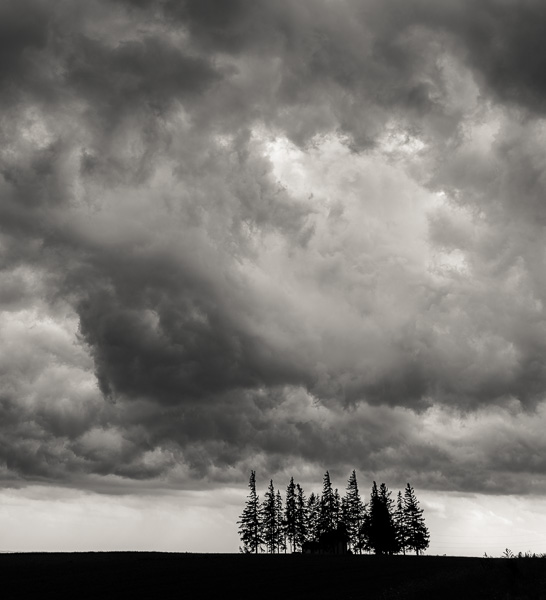By: Sean Reid
For most serious photographers, Leica is a name that needs little introduction. For decades now, the German company has produced some of the finest small format cameras ever made. Made famous in part by photographers such as Henri Cartier-Bresson, Helen Levitt, Robert Frank and Garry Winogrand, the small, light, quiet, precise and rugged Leica rangefinder film cameras, in particular, have earned a stellar, almost mythic, reputation among both professional and serious amateur photographers. It is in large part because of this reputation that photographers, for several years now, have been calling for a digital Leica “M” rangefinder camera; something like a digital equivalent of the current Leica M7.
Traditional and conservative in nature, measured in pace, Leica has been slow to enter the digital arena. A small company, Leica chose to partner with Panasonic for the design and production of its digital cameras released to date, including the Leica Digilux 1 and now theDigilux 2, as well as various other cameras aimed at casual photographers. Panasonic, reportedly, manufactured the sensor used in the Canon 1D and of course has extensive electronics expertise and capability, both of which Leica lack.
Until very recently, Leica had maintained that existing technology would not allow them to make a camera that would be compatible with existing M series lenses. Just recently however, they announced the ongoing development of just such a camera which they expect be available in about two years. Working in cooperation with both Kodak and Imacon, Leica is also developing a ten-megapixel digital back for it “R” series SLR cameras which they expect to introduce in the fourth quarter of 2004. The technology used in this back is said to form the basis for the digital heart of the new digital M series rangefinder.
When news of the Leica Digilux 2 first trickled out to the press and Internet discussion groups, some expressed the hope that this camera would be the digital rangefinder that many have been looking forward to. As its specifications were released, it became clear that the new camera, while styled much like a traditional Leica rangefinder, would in fact use an EVF instead of an optical finder to complement it’s LCD screen and would use a fixed zoom lens instead of interchangeable lenses. So it would not be the “digital M” but would instead be a step in that direction; a product Leica refers to as a “digital analog” camera. Given Leica’s history and reputation, expectations have been high for the Digilux 2.
This review will be presented in three parts:
Part I— “First Impressions”: Leica was kind enough to get a review sample of the Digilux 2 to me in time for my trip to Daytona Beach, Florida to photograph the events of and people at “Daytona Bike Week”. This informal “First Impressions” segment is being written while I’m on location in Florida.
Part II— “The Full Test”: This section will expand to greater detail about the camera itself, image quality, samples, tests of various SD cards in the Digilux 2, ISO tests, etc. and should complement the “First Impressions” review.
Part III— “Second Opinion,Ben Lifson”: My friend and colleague Ben Lifson is a well-known photography writer, critic and teacher who has worked with Leica cameras for more than forty years. He is a former recipient of both Guggenheim and NEA grants as a photographer. In this last segment, he’ll share his impressions of the camera’s design, handling and image quality.
Part I — First Impressions
One of the best things about the design of the Digilux 2 is that all major controls for exposure, focal length and focus can be readily accessed via traditional style analog controls; a shutter speed dial on the top of the body and rings on the lens barrel for aperture, focus distance and focal length. If one is setting exposure manually, as I often do, it’s easy to see at a glance, on the actual controls themselves, the selected aperture and shutter speed as well as focus distance and focal length. There’s no need to hunt through menus or even look at an LCD settings screen to get this information. Having been frustrated with the little zoom buttons and levers on most compact digital cameras, it is a particular pleasure to use a zoom ring on the Digilux 2. The rings and dial that control these settings on the Leica seem well made. The zoom ring is well weighted and moves smoothly. The focus ring is lighter in feel but solid, and the aperture ring feels a bit a too light and loose. Overall build quality of this metal-bodied camera is quite good but I would have liked to see some levers, etc. made of metal rather than plastic. This is mostly nitpicking, however, because in practice the camera’s functional design is excellent. Attention to these kinds of basic controls is something many of us took for granted with film cameras but cannot take for granted with many compact digital cameras. The latter often seem to show a clear computer-gadget heritage and often seem to be designed without enough attention to the controls most often used by professional and serious amateur photographers. The Digilux 2, on the other hand, was clearly designed by people who know and use traditional film cameras.
In practice, shooting among the crowds at Daytona, this design made the camera quick and intuitive to work with. With a few exceptions, discussed below, this is a camera that doesn’t get in one’s way; it works like the tool that it is supposed to be. Just as with a film rangefinder, I could see just from glancing at the lens barrel and shutter speed dial that I was, for example, at F/8 at 1/250 sec. with the lens set to a focal length of 35mm (in terms of 135mm format-equivalent field of view) and a distance of seven feet. That’s the kind of information I want readily available when I’m trying to concentrate on what I’m photographing and not on the camera I’m using. It’s a huge improvement over the way in which most small-sensor digital cameras operate. The camera, like its predecessor the Leica Digilux 1, also has very little shutter lag.
Exposure Settings
Automatic settings are all set on their corresponding dials or rings. Setting “A” on the shutter dial tells the camera to set the shutter speed according to the lens opening and available light. Setting “A” on the aperture ring tells the camera to set the lens opening according to the shutter speed and available light. Move either control from “A” and that control will be set manually to whatever you chose. For example:
Aperture Priority:Lens opening set manually, shutter speed dial set to “A”
Shutter Priority:Shutter speed set manually, aperture ring set to “A”
Manual exposure:aperture ring and shutter speed dial set manually
Full auto exposure:shutter speed dial set to “A”, aperture ring set to “A”
It’s an intuitive and intelligent system that works beautifully in practice. The aperture and focus rings have lock buttons that must be depressed in order to change from automatic to manual modes. The camera can display lens opening, shutter speed, histogram, EV compensation setting, capture quality, capture size, metering mode, battery strength and flash mode (among other things) in either the EVF or LCD screen. This means that the camera can display a live histogram, which is very useful when tweaking exposure. This plethora of information doesn’t really crowd the large and bright 2.5” LCD but can crowd the EVF.
Autofocus
Autofocus is set by moving the focus ring to either “AF” or “AF Macro” modes. This is also well designed but it does require giving up a feature I use often on my Canon AF lenses. On the latter, one can very quickly measure subject distance by using autofocus and then switch to manual focus mode to lock that distance in. So, for example, on the streets of Daytona, my Canon lens distance scale can tell me quickly that my prime subject is, say, five feet away from me. If I’m going to work for awhile at about that distance, I know that I can set the lens manually to five feet and then allow depth of field to cover some subject distance variation. If, like myself, one prefers to use manual focus to obtain a certain kind of control, the Leica doesn’t allow that fast distance measuring option. Of course, traditional manual focus cameras didn’t allow that option either and it isn’t much of a problem. Like anyone else though, I’ve been spoiled by certain kinds of useful technology like this and use it when it’s available.
The Digilux 2’s auto focus speed is OK but not instantaneous and not as fast as either my 1Ds or 10D with a Canon USM lens. In order to have the camera ready to respond immediately, I most often used the Leica in manual focus mode, as I often do with my DSLRs. The difference is that the 1Ds with a good USM lens will auto focus nearly as fast as one can press the shutter whereas with the Digilux 2 one can easily trip the shutter well before the camera is able to lock focus. This is yet another area where the Digilux 2 is well suited to traditional methods, including manual focusing. I haven’t done any direct comparisons yet, but its auto focus speed seems to be similar to that of many other compact digital cameras I’ve owned or tested.
Other Settings
Setting ISO on the Digilux 2 requires pressing the “function” button, a couple presses on a control toggle to select the desired sensitivity and then the “function” button again. It’s not as quick as on my 1Ds but it’s faster than it may seem (from the description above). Setting white balance uses a similar process and is as quick. EV is set by pressing a dedicated button that also works quickly, in practice. Overall, I found the overall access of key camera functions to be about as good as on any DSLR I’ve used and much better than most compact digital cameras I’ve owned or tested. Kudos to Leica for this aspect of the camera’s design.
Exposure metering on the camera was as good as I’ve seen on any digital camera and a little better than on my Canon D30, 10D or 1Ds. The Canons usually need an EV compensation of about minus 1/3 to 2/3 stop in order to not overexpose the highlights when shooting in bright sunlight. I routinely watch the histogram on the Canons to be sure the camera isn’t overexposing. With the Leica I’ve found it less necessary to watch over the histogram because the camera tends to set the exposure pretty well except in very tricky conditions. As with all digital cameras, however, the highlights can blow out easily in bright sunlight.
EVF, LCD and Accessory Viewfinders
I’m not happy with the EVF on the Leica just as I haven’t been happy with the EVF of any camera I’ve tried. It does seem to show 100% of the frame and it does allow exposure and other information to be visible when the camera is held to the eye but it doesn’t have enough resolution to allow me to accurately see the picture I’m making. Interestingly enough, it’s not as bad when working with existing light indoors (except for having a certain amount of lag) but in bright sunlight outdoors I found it to be almost unusable (as I’ve found to be the case with every EVF camera I’ve tried). One’s eyes, of course, adjust to bright sunlight and when I put the EVF finder to my eye outdoors I found the view to be dark and generalized. It could only show me where the edges of the picture were and give me a rough sense of where objects were within those edges. There was no way that I could see the subtle expression and gesture that I need to watch when I make pictures of people. Adjusting the EVF brightness level didn’t help much. Each time I use an EVF camera I start to adjust to it and think, “well this isn’t so bad”…until I look again through a good optical finder and am reminded of the dramatic difference between the two. As EVFs go, this 235,000 pixel unit is reasonably sharp and bright but in my mind it’s really no substitute for the glass finder in an SLR or a rangefinder.
The LCD screen, by comparison, is quite useable. At 2.5”, it’s the largest screen I’ve seen on a digital camera (aside from previous Leicas and Panasonics). It’s fairly sharp and it can be seen even in bright sunlight. It’s large enough that I was reminded a little bit of the view one sees on the ground glass of a 4” x 5” view camera, albeit much smaller. Photographers who like to use LCD screens should find this one to be a real pleasure.

Anticipating the EVF concern, I requested the loan of two accessory Voigtlander optical finders fromCameraQuest, a small California based company that specializes in rangefinders and unusual (and useful) camera adapters, accessories, etc. If, like me, you enjoy traditional methods of photography, you may want to consider this option. What I’ve been doing with the Leica primarily this past week is to treat it as if it had two prime lenses, a 35 and a 50. I have a double accessory shoe mounted on the body with a 35mm finder in one slot and a 50mm finder in the other. Old timers may recall doing something like this with traditional rangefinders. For a 35mm field of view I set the zoom lens to 35mm and look through the 35mm finder, for a 50mm field of view I change the focal length setting on the lens barrel and look through the other finder. It works beautifully. The framing is not quite exact but I’ve already learned to compensate so that my picture edges fall about where I want them to. With this system I can really see what I’m doing; the Voigtlander finders are bright, clear and sharp. To focus, I either set distance manually (which gets to be pretty quick with practice) or turn on the auto focus beep so that I can hear when the camera has locked focus. As mentioned above, the camera will fire even before it locks focus so when using AF it’s best to wait for the beep or for the green dot “focus set” indicator that appears in the EVF or LCD. I usually preferred to simply focus manually.
Accessory finders have been and/or are made by Leica, Voigtlander, and various other companies. They are available to match 28mm, 35mm, 40mm, 50mm, 75mm and 90mm focal lengths. Technically, this option could be used with any number of compact digital cameras but many of them don’t allow one to directly set a precise focal length and that is of course necessary when using an accessory finder.
Advantages
One of this camera’s other strengths is that like many other small sensor cameras it can be nearly silent in operation. The Leica M rangefinders are quiet but not silent. I find this silence to invaluable in certain situations. In fact, it’s one of the reasons that I would sometimes choose to use a Digilux 2 instead of a DSLR. The other advantages it has over my DSLRs are:
1. Weight — it seems to weigh about half what my 10D with Zeiss 28/2.8 weighs.
2. Size— and appearance it’s a bit smaller than a DSLR and, to the general public, may look much like an antique camera. As such it’s less obtrusive and perhaps less intimidating to potential subjects that a full pro DSLR can be.
3. Depth of Field— the small sensor matched with the correspondingly short focal lengths of the zoom lens gives very good depth of field even wide open. I find that F/2 is a much more useable lens opening on the Digilux 2 than it is on my larger cameras precisely because of this DOF. For photographers who prefer short DOF this can be a disadvantage but for me it makes the camera more useable than many others in low light. I’ll look at the aspect further in the full review.
Image Quality
Thanks to my German friend Dr. Erhan Basad, I was able to begin reviewing sample RAW and JPEG files from a production model Digilux 2 even before Leica USA sent me this example. Overall, the converted RAW file quality is very impressive. The fast F/2.0 2.4, 28 90 mm lens is outstanding; the best I’ve yet seen on a small sensor camera. In fact it seems better than many lenses designed for 35mm cameras. Michael will be doing formal lens tests on a Digilux 2 in the future but my subjective impression, having now looked at many files at 100% on screen and in prints, is that file quality is excellent. In fact, I continue to be surprised when I open files at full size in Photoshop. The Leica uses a 2/3” sensor which is the same size as used in Sony’s excellent DSC-717 and larger than the 1/1.8” sensor being used in many other compact digital cameras. It is obviously a much smaller sensor, however, than the APS-size units found in the Canon 10D, Nikon D100, etc. In the full review, I’ll post side-by-side samples of the same scene made by both the Leica and the Canon 10D so we can see what affect this sensor size, among other aspects, has on quality.
RAW Mode
For reasons I’ll describe in more detail in the full review, the camera gives its best performance when capturing in RAW mode. In JPEG mode, at higher ISO settings, the camera uses smoothing to clean up noise at the expense of detail a process that partially defeats the sharpness its excellent lens provides. Noise reduction, if desired at all, could more effectively be done by the photographer using a good tool like Neat Image or Noise Ninja. Based on what I see in prints from an Epson 2200, I think that I would rarely use any luminance noise reduction on files from the Digilux 2, even at ISO 400. The noise that exists in the converted RAW files is very grain-like, barely apparent in the shadows at ISO 100 and similar to the grain of Kodak T-Max TMZ when the Digilux 2 is set to ISO 400. Unlike the noise I’ve seen from many digital cameras, including the Leica Digilux 1, the noise in the Digilux 2 ISO 400 files is not “electronic- looking” and I would not hesitate to use ISO 400 for files that might become exhibition prints (just as I’ve never hesitated to use fast film, with its grain, when needed). The ISO 400 files do benefit from a bit of chrominance noise filtering but this process, done in moderation, doesn’t harm saturation or detail noticeably. The resulting prints are beautiful. In my experience, only the Sony DSC-717, among small sensor cameras, comes close to the kind of print quality the new Leica produces.
I have used RAW mode exclusively when shooting in Daytona with the Leica this week and fast SD cards have been mandatory. For reasons I can’t understand, Leica did not give the Digilux 2 a RAW file buffer, only one for JPEG mode. That means, of course, that the camera must complete writing one RAW file to the SD card before another exposure can be captured. This is a serious design flaw and I think Leica may have underestimated how often photographers will be using this camera in RAW mode for fast work. Before leaving for Florida, I did RAW cycle timing tests of the camera using SD cards supplied to me by various manufacturers. My measurements involved photographing a digital stopwatch and reflect the total time between when exposure “1” is made and when exposure “2” can be made (with the camera set to manual focus). I’ll include detailed results in the full report but the two fastest cards I tested, the Sandisk 512MB Ultra II and the Simpletech 512MB Pro-X SD cards both gave a total RAW cycle time of about six seconds. That means the world in front of the camera will go through at least six seconds of change between the exposures one can make with the Digilux 2 in RAW mode. I don’t normally shoot a series of pictures in rapid succession and was pleased to find out that only once in awhile this week did I miss a picture because I was waiting for the RAW file to process. So apparently I don’t often shoot at less than six second intervals. Still, this flaw should not exist on an $1800.00 camera. Getting the best out of this camera requires shooting in RAW mode and thus I recommend that buyers of this camera invest in the largest and fastest SD cards they can afford. Many other small sensor digital cameras are plagued with even slower RAW file writing times but for $1800.00 the Leica should have as good a RAW buffer as, say, a Canon 10D.
Preliminary Conclusion
I’ll discuss the price and many other aspects of the camera in the full review but my overall impression so far is that this is an excellent little camera and one that I am likely to purchase. It’s EVF weaknesses are unfortunate but are shared by many other compact digital cameras. It’s auto focusing could be faster but that isn’t very important to my working method. It would be great to see a RAW buffer added if this model is updated, as I don’t like having to wait six seconds between exposures in RAW mode. It’s not perfect and it is expensive but it’s very well designed, very useable and produces excellent files in RAW mode. I look forward to testing it further.
© 2004 Sean Reid
Part Two of This Review is Found Here
Sean Reid, an American, has been a commercial and fine art photographer for over twenty years. He studied under Stephen Shore and Ben Lifson and met occasionally with Helen Levitt. In the late 1980s he worked as an exhibition printer for Wendy Ewald and other fine art photographers. In 1989, he was awarded an artist-in-residence grant from the Irish Arts Council in Dublin, Ireland. Hiscommercial workis primarily of architecture, weddings and special events. His personal work is primarily of people in public places. Having worked mostly with large format and rangefinder cameras for many years he now works primarily with Canon DSLRs and Epson R-D1s. Many of his newest reviews and other articles can be found athttp://www.reidreviews.com
Read this story and all the best stories on The Luminous Landscape
The author has made this story available to Luminous Landscape members only. Upgrade to get instant access to this story and other benefits available only to members.
Why choose us?
Luminous-Landscape is a membership site. Our website contains over 5300 articles on almost every topic, camera, lens and printer you can imagine. Our membership model is simple, just $2 a month ($24.00 USD a year). This $24 gains you access to a wealth of information including all our past and future video tutorials on such topics as Lightroom, Capture One, Printing, file management and dozens of interviews and travel videos.
- New Articles every few days
- All original content found nowhere else on the web
- No Pop Up Google Sense ads – Our advertisers are photo related
- Download/stream video to any device
- NEW videos monthly
- Top well-known photographer contributors
- Posts from industry leaders
- Speciality Photography Workshops
- Mobile device scalable
- Exclusive video interviews
- Special vendor offers for members
- Hands On Product reviews
- FREE – User Forum. One of the most read user forums on the internet
- Access to our community Buy and Sell pages; for members only.





